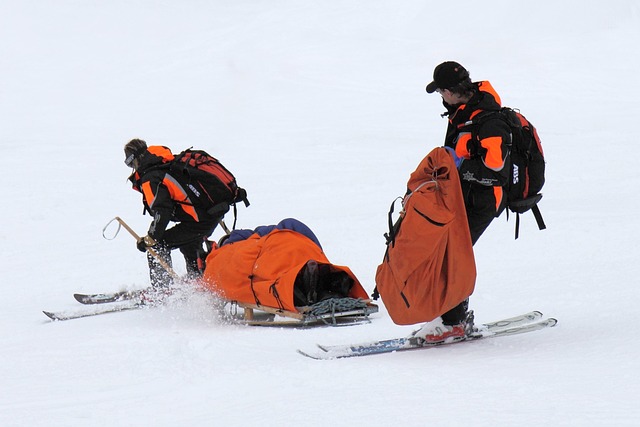
Flashlights for search and rescue operations play a crucial role in providing high-intensity illumination during night or adverse weather conditions, which is vital for both the safety of rescuers and the successful identification of individuals in distress. These specialized flashlights, equipped with advanced LED or HID technologies, penetrate darkness effectively, enhancing visibility and enabling search teams to navigate through various terrains. They also serve as a signaling tool for communicating with ground personnel from the air. The durability and performance of these flashlights under extreme conditions are paramount, especially during high-altitude rescues. They feature adjustable brightness settings, long battery life, and can be powered by sustainable energy sources to ensure prolonged use. Future advancements aim to improve luminosity and efficiency with smart lighting systems and data transmission capabilities, making search and rescue operations more coordinated and effective. These innovations promise to further enhance the capabilities of flashlights for search and rescue operations, leading to quicker response times and saved lives.
When disaster strikes, the race against time is critical, and a pivotal tool in this high-stakes game is the bright beam flashlight. This article sheds light on how these luminous devices have become indispensable in aerial rescue operations, enhancing visibility and guiding search and rescue teams to those in dire need. We will explore their key features, the advantages they offer over other light sources, and real-life scenarios where bright beam flashlights have proven instrumental. Additionally, we delve into the training required for effective deployment of these lights and preview future advancements poised to further streamline search and rescue operations. Join us as we illuminate the impact of flashlights for search and rescue operations from the air.
- Overview of Aerial Rescue Operations and the Role of Bright Beam Flashlights
- The Importance of Visibility in Search and Rescue Missions
- Key Features of Bright Beam Flashlights Suitable for Aerial Rescue
- Advantages of Using High-Intensity Light Sources in Rescue Operations
- Case Studies: Successful Rescues Enhanced by Bright Beam Technology
- Training and Preparedness with Bright Beam Flashlights for Search and Rescue Teams
- Future Developments in Flashlight Technology for Enhanced Aerial Rescue Efficiency
Overview of Aerial Rescue Operations and the Role of Bright Beam Flashlights

During aerial rescue operations, visibility often becomes a critical factor in locating and safely retrieving individuals in distress. Flashlights for search and rescue operations play an indispensable role in such scenarios, offering a reliable source of illumination that can be the difference between success and failure. These specialized flashlights are designed to emit a bright beam capable of piercing through darkness and fog, which is essential for night operations or adverse weather conditions. Their high luminosity ensures that rescuers can clearly see their surroundings and identify potential hazards, while also making it easier for those in need of assistance to signal their location to the overhead aircraft.
The utility of flashlights for search and rescue operations extends beyond mere visibility. In aerial search scenarios, every second counts. The bright beam from these flashlights can be directed towards the ground, effectively marking a precise location without the need for parachutes or other equipment. This directed light serves as an invaluable tool for coordinating efforts between the pilots and the ground teams, allowing for pinpoint navigation to the exact coordinates of the victim’s signal. The durability and performance of these flashlights are also paramount, given that they must operate under the rigorous demands of high-altitude environments and often harsh conditions encountered during rescue missions.
The Importance of Visibility in Search and Rescue Missions
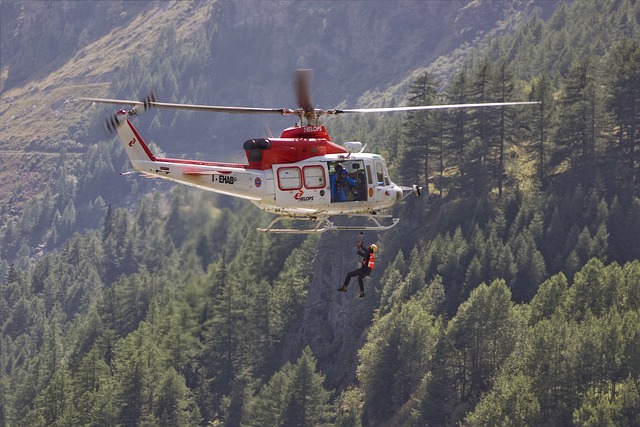
During search and rescue operations, visibility plays a pivotal role in the success of missions, particularly during nighttime or low-light conditions. Flashlights for search and rescue operations are indispensable tools that enhance the visual capabilities of responders, allowing them to navigate through treacherous terrains and locate individuals in distress with greater precision. The beam from a high-quality flashlight cuts through darkness, revealing potential hazards and illuminating pathways that might otherwise remain obscured. In these critical scenarios, the reliability and performance of the lighting instrument can be the difference between a timely rescue and an extended search. Flashlights designed for search and rescue operations are engineered with advanced LED technologies that provide a consistent and focused light output, which is essential for maintaining awareness of the surrounding environment. These devices often feature adjustable intensity settings, enabling rescuers to manage battery life efficiently while still delivering adequate brightness when needed. Additionally, the durability of these flashlights is critical, as they must withstand the rigors of outdoor use and harsh conditions, ensuring that they remain operational throughout the entire operation. The integration of robust construction and high-output lighting in flashlights specifically designed for search and rescue operations underscores their importance in these missions, making them an indispensable piece of equipment for emergency responders worldwide.
Key Features of Bright Beam Flashlights Suitable for Aerial Rescue
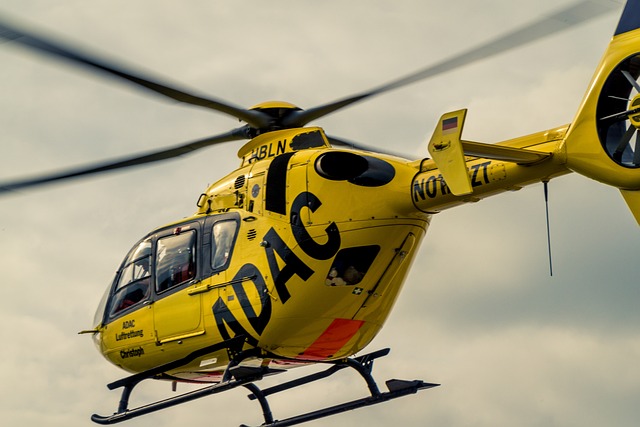
When selecting flashlights for search and rescue operations, particularly for aerial missions, certain key features become paramount to ensure effectiveness and safety. Firstly, the intensity of the beam is critical; a bright beam capable of cutting through dense fog, smoke, or darkness is essential for locating individuals in distress. High-intensity discharge (HID) or LED technologies are often preferred due to their superior brightness and durability. The beam should be focused and directed with precision, allowing rescuers to illuminate specific areas from the air without causing disorientation or harm to those below.
Moreover, the design of these flashlights must consider their weight and size for ease of use during aerial operations. They need to be compact yet robust, designed to fit securely within rescue equipment without hindering the operation of aircraft. Additionally, resistance to environmental factors such as water and shock is important, as these devices may be exposed to varying conditions during deployment. Features like impact-resistant lenses and waterproof construction are highly desirable. Operational aspects such as long battery life, user-replaceable batteries, and multiple brightness settings that include a strobe function for signaling purposes further enhance their utility in a search and rescue context. These flashlights are not just tools; they are critical assets that can make the difference between a successful mission and an unsuccessful one.
Advantages of Using High-Intensity Light Sources in Rescue Operations
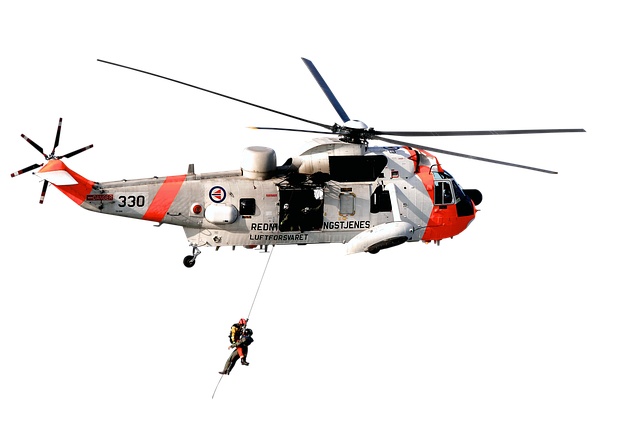
High-intensity light sources, such as those found in advanced flashlights for search and rescue operations, play a pivotal role in aerial rescue missions. These powerful beams significantly enhance visibility during nighttime or low-light environments, which is crucial for locating individuals in distress. The focused illumination can reach great distances, allowing search teams to pinpoint exact locations from the air, a feat that would otherwise be challenging with less potent lighting tools. Furthermore, these flashlights are designed with durability and reliability in mind, ensuring they operate effectively under the demanding conditions often encountered during rescue operations. Their high lumen output not only extends the range of visibility but also aids in signaling to those on the ground, facilitating effective communication and coordination between aerial and ground teams. This capability is particularly advantageous when time is of the essence and every second counts in the survival of individuals who are lost or injured. The use of high-intensity light sources, therefore, becomes an indispensable element in the arsenal of tools employed by search and rescue professionals, enhancing their ability to swiftly locate and safely recover individuals in perilous situations.
Case Studies: Successful Rescues Enhanced by Bright Beam Technology
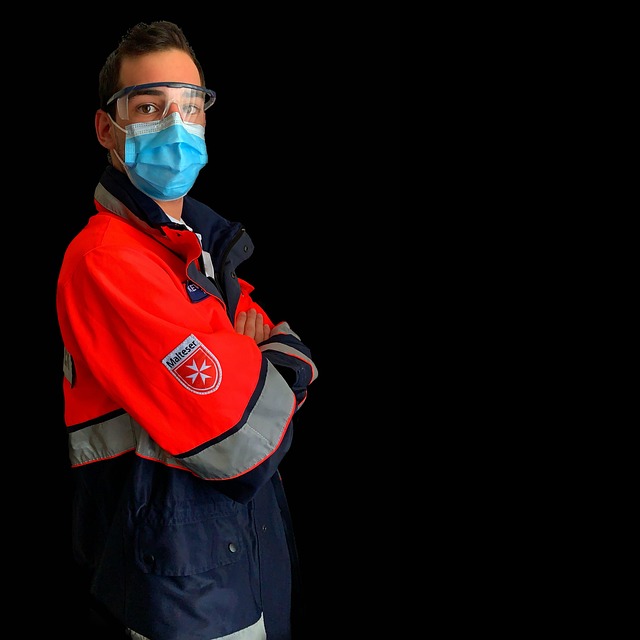
In recent years, flashlights for search and rescue operations have evolved significantly, with bright beam technology playing a pivotal role in numerous successful rescues. One notable case study involves a high-altitude mountain rescue where the victim was located quickly due to the intense light emitted by advanced flashlights. The rescuers used these high-intensity lights to illuminate potential hiding spots on the rocky terrain, significantly reducing search time and ensuring a timely recovery of the stranded individual. Another instance occurred in a dense forest during an extensive wilderness search. The bright beams from search and rescue flashlights penetrated the thick canopy, enabling rescuers to identify heat signatures from a distance. This led to the swift discovery of the missing person who was otherwise concealed by the foliage. These cases underscore the effectiveness of high-lumen flashlights in enhancing the visibility and efficiency of aerial rescue operations, ultimately saving lives. The technology behind these flashlights has been refined to address the specific challenges faced during such missions, including their durability against harsh environmental conditions and their light output which is critical for signaling and visibility at various distances and lighting conditions. As a result, search and rescue teams are increasingly relying on bright beam technology to improve their operational capabilities and response times in critical situations.
Training and Preparedness with Bright Beam Flashlights for Search and Rescue Teams
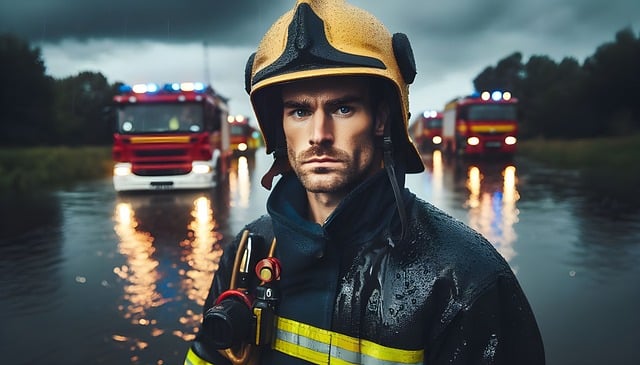
search and rescue (SAR) teams play a critical role in locating and rescuing individuals in distress across various terrains, including forested areas, mountainous regions, and urban environments. To effectively perform their duties, SAR teams require specialized equipment that enhances their visibility and signaling capabilities, especially during night operations or in low-light conditions. Flashlights for search and rescue operations are an indispensable tool in this regard. They not only illuminate the environment but also serve as a means of communication between team members and with those in need of assistance.
Training with bright beam flashlights is essential to ensure that SAR teams can utilize these devices to their full potential. These training sessions involve understanding the different lighting modes, learning how to manage battery life efficiently, and practicing signaling techniques such as strobe lighting, which can be critical for attracting attention from aircraft or distant team members. Additionally, teams must familiarize themselves with the psychological impact of light on both the rescuer and the rescuee, as bright lights can have various effects on individuals in stressful situations. Consistent training with these flashlights helps SAR teams to develop proficiency, thereby enhancing their preparedness for real-world scenarios where every second counts. This proficiency is not just about the technical use of the equipment but also about understanding its role in maintaining situational awareness and ensuring the safety and effectiveness of the rescue operation.
Future Developments in Flashlight Technology for Enhanced Aerial Rescue Efficiency
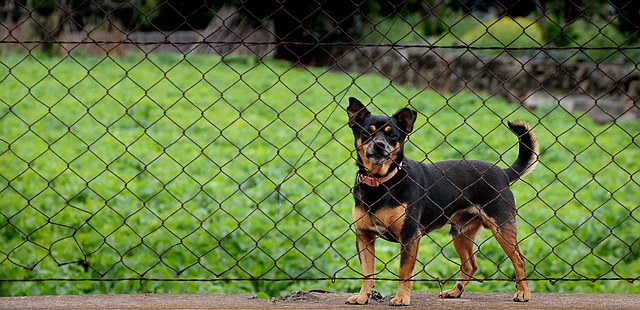
In the realm of search and rescue operations, the role of flashlights for search and rescue operations continues to evolve with significant advancements on the horizon. The development of flashlights is progressing towards enhanced luminosity and energy efficiency, which are critical for aerial rescue missions. Researchers and engineers are focusing on creating bright beams that can penetrate dense foliage or fog, improving visibility for rescuers and ensuring more effective operations. These next-generation flashlights will likely incorporate advanced LED technology, offering an intensified light output that can reach farther and with greater clarity than current models. Moreover, the integration of laser technology is being explored to provide precise illumination at targeted areas, aiding in pinpointing survivor locations during nighttime or adverse weather conditions. The aim is to design flashlights that are not only brighter but also capable of operating for extended periods using sustainable power sources, such as rechargeable batteries or solar panels, thus ensuring continuous operation during long-duration missions.
The future of flashlights for search and rescue operations is poised to bring about a transformative change in aerial rescue efficiency. Innovations such as smart lighting systems that adjust brightness based on the environment and distance to the subject are under development. These systems will likely be paired with real-time data transmission capabilities, allowing ground teams to coordinate more effectively with aerial units. Additionally, the miniaturization of these devices is a focus area, enabling them to be more easily deployed from aircraft without adding significant weight. The future flashlights will be rugged, lightweight, and highly reliable, capable of withstanding the rigors of search and rescue environments. As technology advances, we can anticipate that these tools will become indispensable for enhancing the safety and success of aerial rescue missions, saving precious time and lives in critical situations.
In conclusion, the integration of bright beam flashlights has significantly advanced aerial rescue operations, offering unparalleled visibility and efficiency in search and rescue missions. These high-intensity light sources, designed as flashlights for search and rescue operations, have proven their effectiveness through numerous successful rescues, showcasing their utility in diverse environments. As we look to the future, ongoing advancements in flashlight technology promise further enhancements to the capabilities of these critical tools, ensuring that search and rescue teams remain at the forefront of operational excellence. With proper training and preparedness, these luminous beacons continue to be a vital asset in the lifesaving efforts of aviators and ground personnel alike, illuminating the path forward for those in peril.







